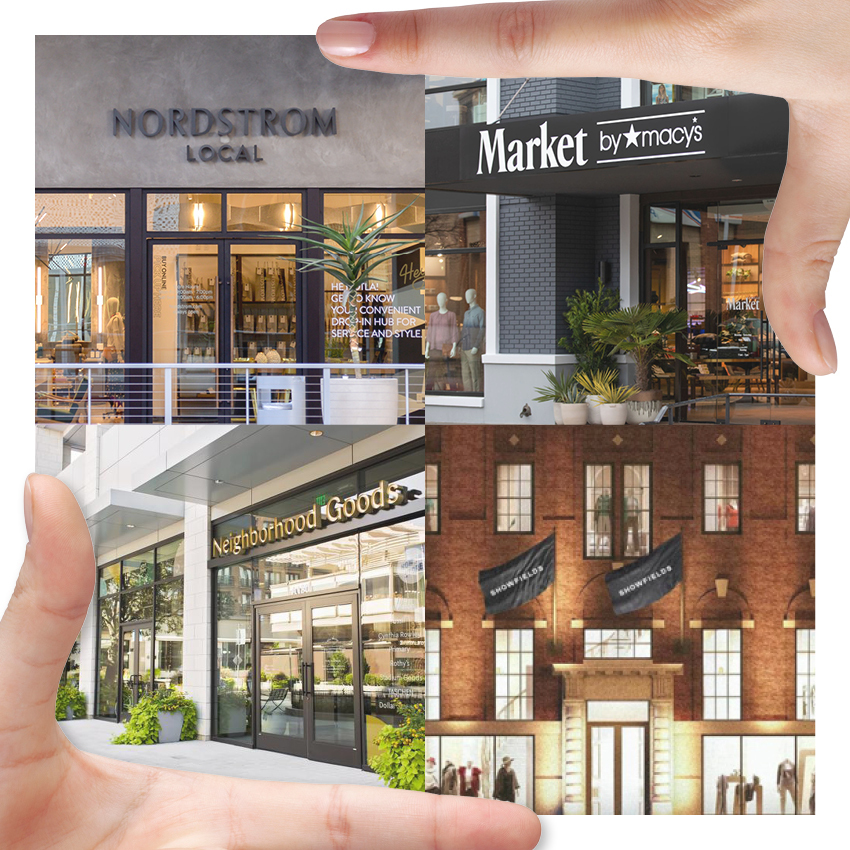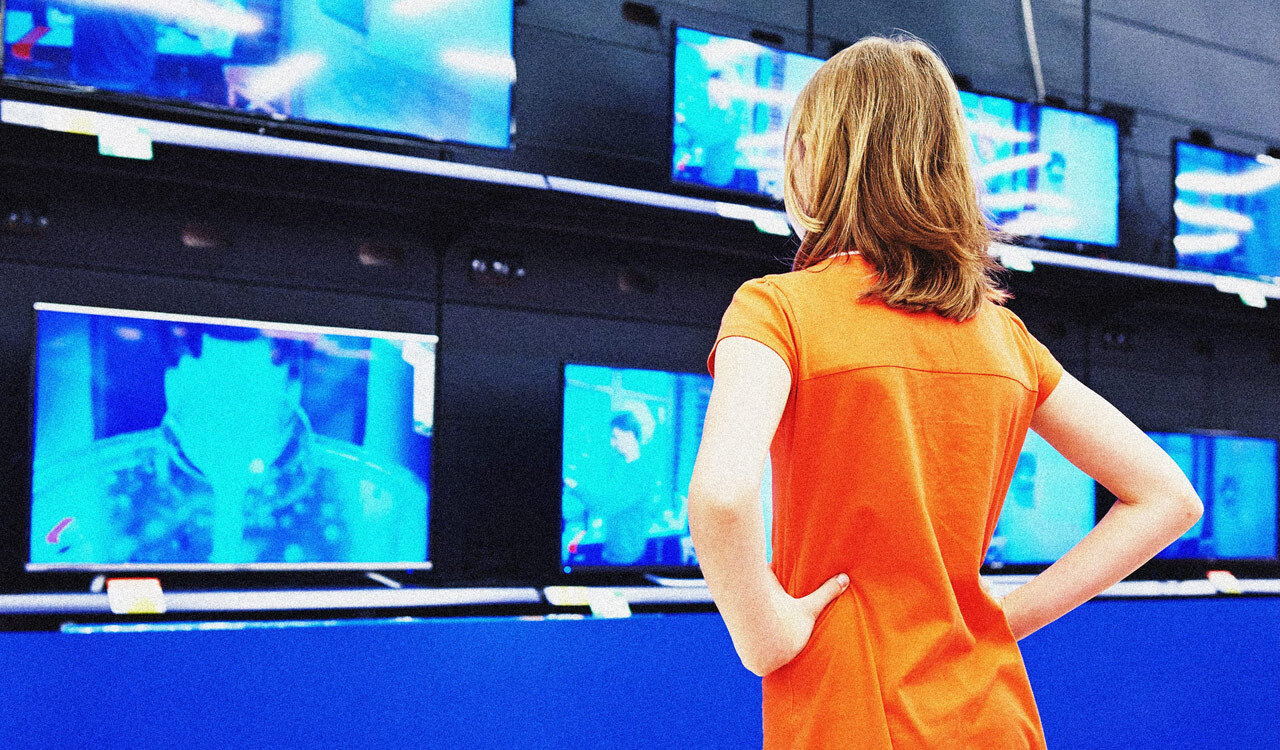Everyone is looking for a silver bullet. I\’ve argued forever that understanding the data leads us in the right direction for running a business that has a profitable future. Good news: A quick snapshot of July\’s retail performance could be a bellwether about the pandemic\’s impact on the future of retail. Let\’s not get too excited, but the increase in total retail sales of 6.8 percent (excluding auto, gasoline and restaurants) from the same month last year may be surprising, all things considered.
Discretionary Spending
However, there are two major events that are largely responsible for the July numbers. One, travel and international tourism, entertainment, dining out, theater, concert-going and other service industries have tanked to the tune of billions of dollars. So, a lot of those billions are going into personal savings accounts or spending on stuff.
[callout]Next-gen values and expectations do not favor big-box department stores pushing tons of stuff, offering no meaningful and personalized experiences and products.[/callout]
Two, the government fire-hosed trillions of dollars right into the hands of consumers who put some of it into savings (the rate was up 33 percent in April from last year, a historic high), but another part of the relief money was also spent on stuff. And interestingly, the sales growth did not raise all ships. According to the US Census Bureau, non-store ecommerce retailing grew a whopping 25.8 percent. The home improvement sector had a 16.0 percent gain.
Sports and leisure goods were up 18.9 percent and grocery was up 12.3 percent. On the other hand, and not surprisingly, apparel and accessories, including footwear, scraped the bottom, down 19.6 percent (season-to-date it is down 41 percent).
Consumer Shifts
Let\’s face it, who needs new clothes or shoes, other than a nice top, when your Zooming or Skyping or whatever? And certainly, we don\’t need party or theater-going attire. This shift had major impact on Rent the Runway, who recently announced the closing of all of their stores.
The total retail dollar sales increase (excluding auto, gasoline and restaurants) was $31.9 billion. And get this, $16.9 billion of the total (16.6 percent vs 14.1 percent last year) was from ecommerce, $5.6 billion from home improvement, $7.2 billion from grocery and $1.2 billion from sports and leisure retail. Every other sector lost, with the biggest being apparel and accessories, including footwear, losing $4.2 billion.
Retail sales were unevenly distributed: Department stores were down $1.1 billion while discount stores and warehouse clubs were up $3.0 billion. Consumers spoke on their devices: At the height of the pandemic ecom was close to 20 percent of total retail sales. Online shopping was the negative icing on the cake: Foot traffic plunged 89 percent at the beginning of the pandemic and 40 percent June to June.
The Pandemic Accelerated the Obvious
When you add all this data up, the bankruptcies we are seeing among many of the major brands is not surprising. They were heavily indebted pre-virus and did not made the necessary strategic changes to survive and compete. Right alongside many of these retailers are their mall landlords. In my opinion, two-thirds of the major 1200 malls in the US will either totally transform themselves and overhaul their spaces for community gathering destinations with theaters, restaurants, and other forms of recreation (like bowling alleys, gyms, clinics, residences and businesses) — or they will be shuttered.
Next-Gen Values
Is there anything about this statistics snapshot that can inform us as to what the post-pandemic future might look like? How will the structures, strategies and consumer behavior change? What might stick or not?
As always, we need to start with the consumer and particularly the millennial and Gen Z cohorts, or I should say culture. These consumers will become the largest consumer segment … soon. The ways they were evolving prior to the pandemic have been accelerated. And I believe these behaviors and values will stick and therefore shape the retail industry, essentially deciding the winners and losers.
So, for starters, these two generations are more into experiences, travel, entertainment, health and well-being rather than into stuff for the sake of accumulating possessions. And they are into sustainability, a circular economy which will continue to shape rental, pre-owned, and similar models and brand platforms.
Next-Gen Retail Reset
Next-gen values and expectations do not favor big-box department stores pushing tons of stuff, offering no meaningful and personalized experiences and products. Small, intimate personalized neighborhood shops like Neighborhood Goods, Nordstrom Local, Lululemon, Market by Macy\’s or Showfields in New York City are more appealing. The next-gen opts into easy and quick to get to versus long drives and shopping through big malls pushing even more irrelevant stuff. Younger consumers also favor personalized subscription models. In fact, subscription models, if executed correctly, could be the quintessential personalized DTC model for the 21st century.
Time is the new luxury for these young consumers, which also means that online retail will continue to soar across almost all categories as the convenience of neighborhood shops will accelerate. The smart big-boxers like Target and Nordstrom will roll out small neighborhood shops and by using AI will have those shops curated down to local consumer preferences – aka, personalized.
The Future Is Now
So, the shopping landscape of the future — largely accelerated by Covid-19 — will be 25-50 percent online, varying by category. And the real winners trailing Amazon will be thousands of small, scrappy, fun brands and sites with credible sustainability values and a high degree of personalization.
Walmart, Target, Costco and most of the club models, as well as the off-pricers, will prevail in their current models, enhanced by personalizing and localizing like Target and Walmart are beginning to do. And the major department stores who are able to transform a few of their flagships into experiential destinations, worth the time to travel to, and roll out hundreds of intimate neighborhood shops, will survive.
The rest of the post-pandemic retail landscape will be populated by… drum roll please…small intimate personalized neighborhood shops. And I repeat, it will also favor personalized subscription models. Without models that satisfy the expectations and desires of primary young consumer culture, the dustbin of history awaits you.




